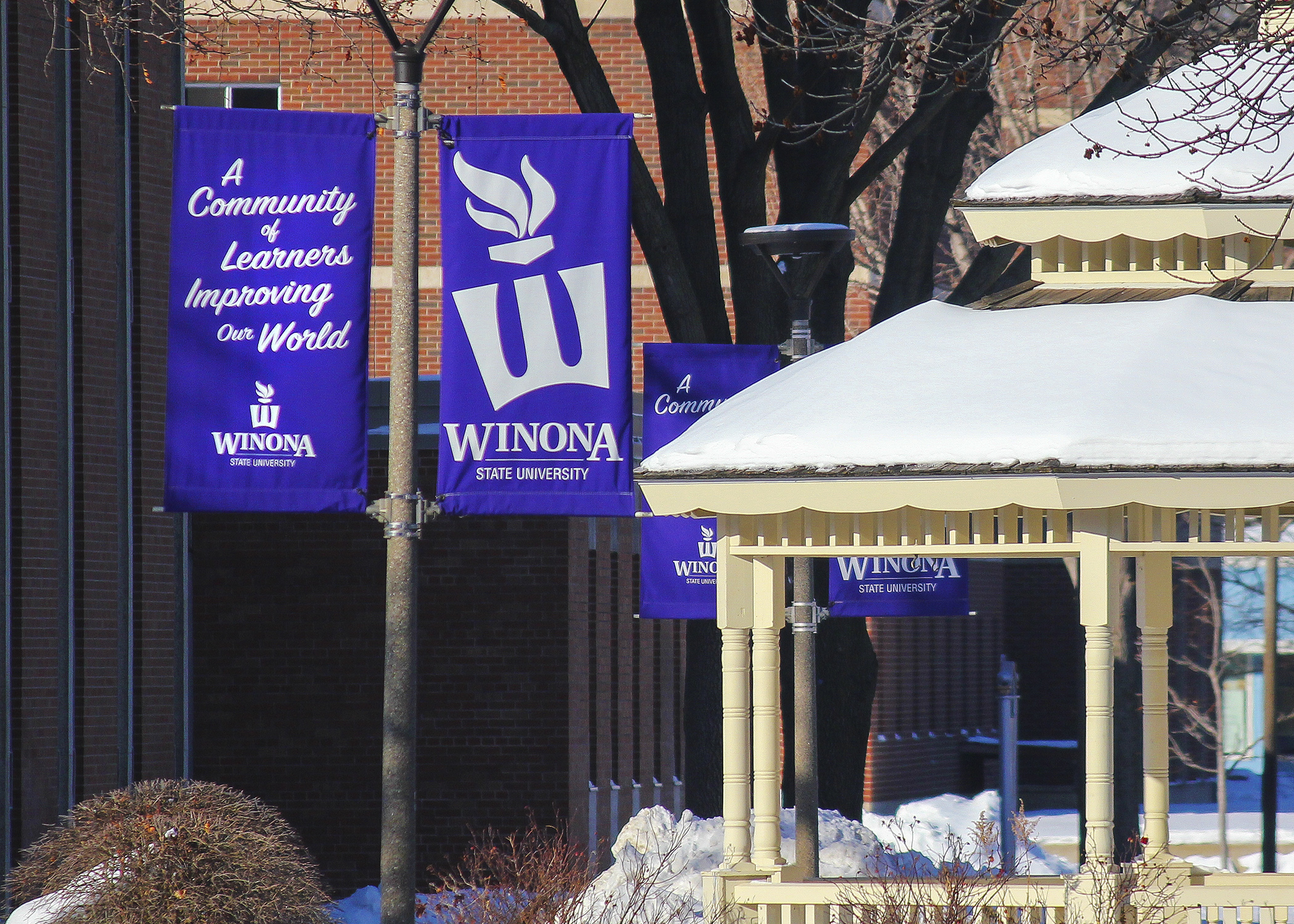Higher education panel approves finance and policy bill

— UPDATED at 7:18 p.m.
Facing a committee base increase of zero, college students could nonetheless get more money for schooling.
The omnibus higher education finance and policy bill contains $3.97 billion in spending for the 2026-27 biennium; however, to align with budget targets set by House leaders, its increase over February’s forecast base is zero.
HF2312, as amended with a delete-all amendment, was approved Monday by the House Higher Education Finance and Policy Committee on a split-voice vote. Sponsored by Rep. Marion Rarick (R-Maple Lake), a committee co-chair, the bill next heads to the House Ways and Means Committee.
“We had to make hard choices,” Rarick said. “I'll just tell you negotiations were not easy.”
Rep. Dan Wolgamott (DFL-St. Cloud), the other committee co-chair, agreed. “If you (Rarick) were the full chair of this committee the bill would probably look different and if I were the full chair of this committee the bill would certainly look different. Any good compromise not everyone's happy with it and that's very clearly the case here.”
Despite its zero target, the bill calls for an additional $33.45 million for the state grant program, that help students from low- and moderate-income families pay for higher educational expenses. Also called for is an additional $10.53 million for the Office of Higher Education, $4.5 million for the Minnesota State system and $4.31 million for the University of Minnesota.
To offset the increases, nearly $8 million per year for the University of Minnesota and Mayo Foundation Partnership is not funded.
[MORE: View the spreadsheet]
Where is the money going
Total biennial funding for Minnesota State would be $1.76 billion, the $4.5 million increase going towards emergency assistance grants to students.
The University of Minnesota is to receive nearly $1.5 billion, with an increase of $26.26 million above base for general operations. Of that, $15.26 million is one-time funding in fiscal year 2026 to an ALS research partnership with the Mayo Clinic, $3 million in new funding for the St. Cloud medical school campus, and $1.5 million for emergency assistance grants to students.
“While I am glad that the two co-chairs have reached an agreement that doesn't cut either of these organizations,” said Rep. Tina Liebling (DFL-Rochester), “I think that none of us should feel really good about that because we are passing a budget here that that increases costs for students. That is something I really don't want to do.”
The state grant increase is offset by not funding proposed Office of Higher Education base appropriations for summer academic enrichment, aviation loan forgiveness, student loan debt counseling, teacher shortage loan repayment, and concurrent enrollment grants.
Policy changes
The omnibus finance bill would also:
- allow Minnesota State universities to offer applied doctoral degrees in cybersecurity;
- amend requirements for Minnesota postsecondary institutions regarding procedures for adjudicating campus sexual misconduct allegations;
- allow the Office of Higher Education to carry forward unspent non-grant operating appropriations into the next biennium;
- require Minnesota State and request the University of Minnesota to ensure that all North Star Promise-eligible students receive resident tuition rates;
- clarify that a student who has completed the degree requirements for their first baccalaureate degree is no longer eligible for the North Star Promise scholarship, even if the student has not yet graduated with that baccalaureate degree;
- increase the required cost-of-training employer match for dual training competency grants for large employers from 25% to 50%; and
- expand the Tribal college supplemental grant assistance program to provide financial assistance to Tribal colleges based on beneficiary students (i.e. Minnesota resident students who are members of a recognized Tribe), as well as nonbeneficiary students.
[MORE: Written testimony: Part 1, Part 2, Part 3, Part 4, Part 5, Part 6]
***
What’s in the bill?
The following are selected bills that have been incorporated in part or in whole into the omnibus higher education finance and policy bill:
Related Articles
Search Session Daily
Advanced Search OptionsPriority Dailies
Speaker Emerita Melissa Hortman, husband killed in attack
By HPIS Staff House Speaker Emerita Melissa Hortman (DFL-Brooklyn Park) and her husband, Mark, were fatally shot in their home early Saturday morning.
Gov. Tim Walz announced the news dur...
House Speaker Emerita Melissa Hortman (DFL-Brooklyn Park) and her husband, Mark, were fatally shot in their home early Saturday morning.
Gov. Tim Walz announced the news dur...
Lawmakers deliver budget bills to governor's desk in one-day special session
By Mike Cook About that talk of needing all 21 hours left in a legislative day to complete a special session?
House members were more than up to the challenge Monday. Beginning at 10 a.m...
About that talk of needing all 21 hours left in a legislative day to complete a special session?
House members were more than up to the challenge Monday. Beginning at 10 a.m...